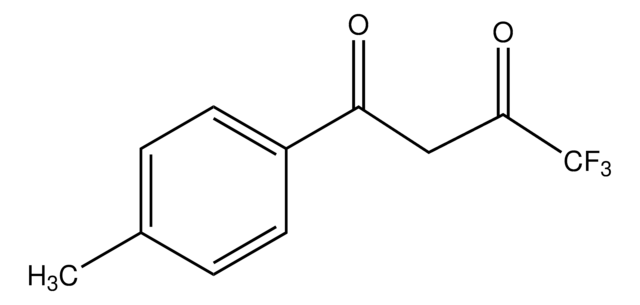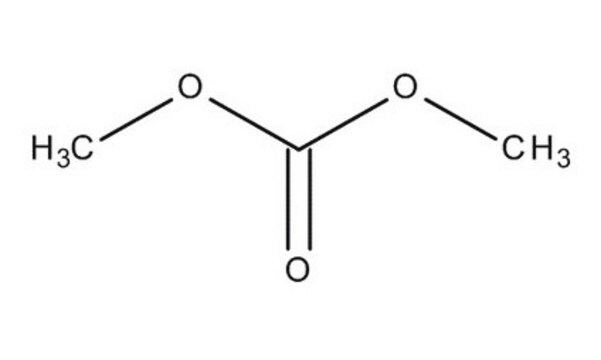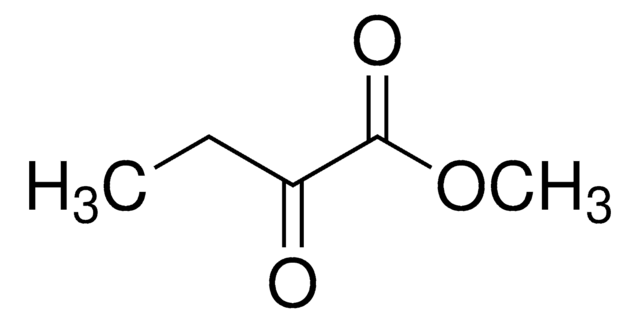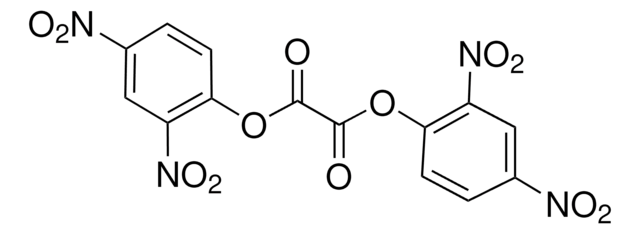135623
Dimethyl oxalate
ReagentPlus®, 99%
Synonyme(s) :
Methyl oxalate
About This Item
Produits recommandés
Gamme de produits
ReagentPlus®
Pureté
99%
Forme
powder
Indice de réfraction
n20/D 1.39 (lit.)
Point d'ébullition
163.5 °C (lit.)
Pf
50-54 °C (lit.)
Solubilité
ethanol: soluble 50 mg/mL, clear to very slightly hazy, colorless
Densité
1.148 g/mL at 25 °C (lit.)
Chaîne SMILES
COC(=O)C(=O)OC
InChI
1S/C4H6O4/c1-7-3(5)4(6)8-2/h1-2H3
Clé InChI
LOMVENUNSWAXEN-UHFFFAOYSA-N
Vous recherchez des produits similaires ? Visite Guide de comparaison des produits
Catégories apparentées
Description générale
Application
Informations légales
Mention d'avertissement
Danger
Mentions de danger
Conseils de prudence
Classification des risques
Acute Tox. 4 Oral - Eye Dam. 1 - Skin Corr. 1B
Code de la classe de stockage
8A - Combustible corrosive hazardous materials
Classe de danger pour l'eau (WGK)
WGK 3
Point d'éclair (°F)
167.0 °F - closed cup
Point d'éclair (°C)
75 °C - closed cup
Équipement de protection individuelle
dust mask type N95 (US), Eyeshields, Gloves
Certificats d'analyse (COA)
Recherchez un Certificats d'analyse (COA) en saisissant le numéro de lot du produit. Les numéros de lot figurent sur l'étiquette du produit après les mots "Lot" ou "Batch".
Déjà en possession de ce produit ?
Retrouvez la documentation relative aux produits que vous avez récemment achetés dans la Bibliothèque de documents.
Les clients ont également consulté
Notre équipe de scientifiques dispose d'une expérience dans tous les secteurs de la recherche, notamment en sciences de la vie, science des matériaux, synthèse chimique, chromatographie, analyse et dans de nombreux autres domaines..
Contacter notre Service technique











